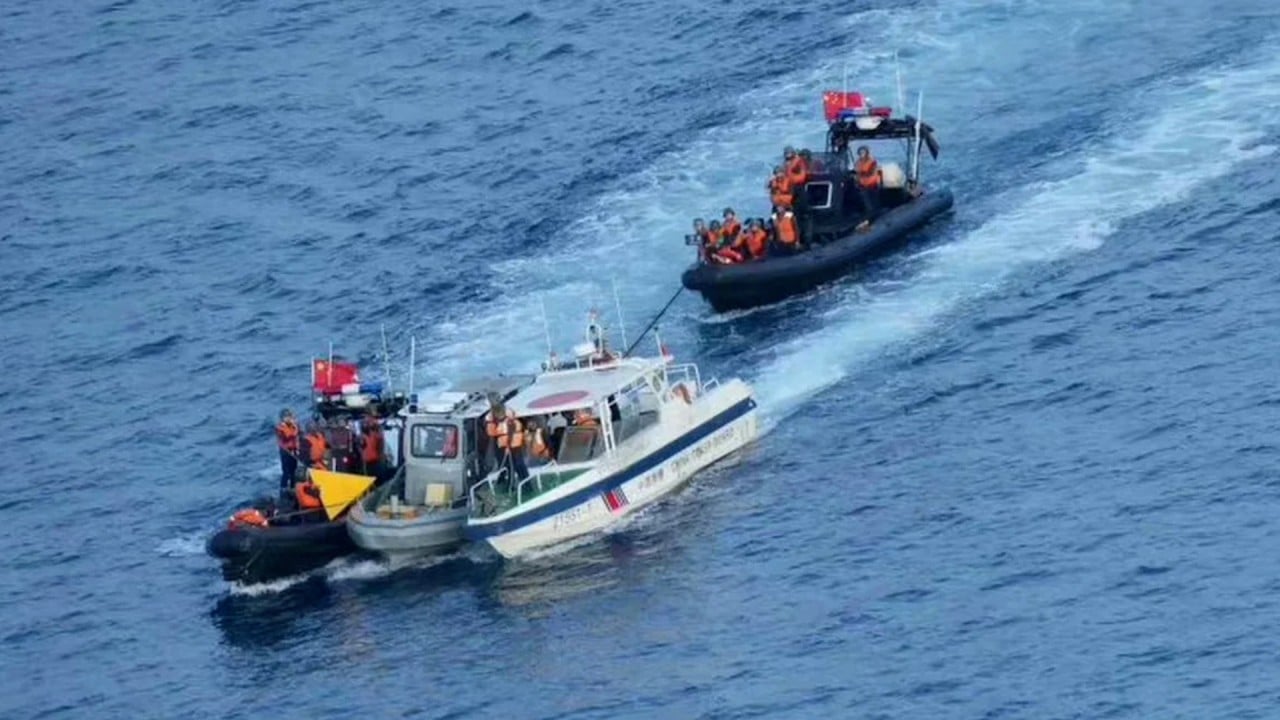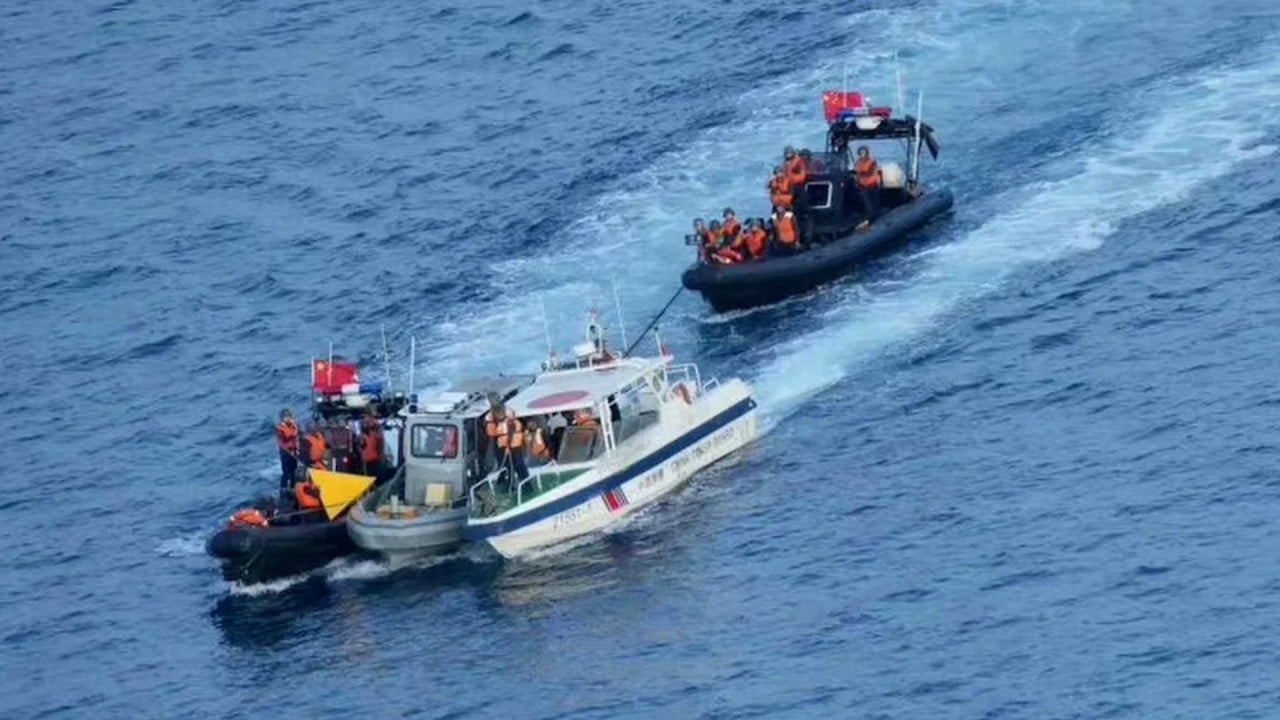President Ferdinand Marcos Jnr has approved the plan to acquire new multirole fighter jets as the Philippines pushes ahead with its military modernisation to plug weaknesses in the air force’s defence capability amid simmering South China Sea tensions with Beijing.
Military chief General Romeo Brawner said the existing fleet of South Korean-made FA-50 aircraft was “still not enough to protect” the country which is considering buying “bigger, faster and more lethal” warplanes such as the US F-16 and Sweden’s JAS-39.
A decision on how many additional jets would be inducted into the air force was yet to be made, he told reporters on Thursday.
The upgrade was already in the pipeline and aims to enhance the Philippines’ ability to project power beyond its territorial waters in the resource-rich seaway, observers say.
“What we need in the West Philippine Sea is not just vessels for maritime patrols but air assets as well,” said Rej Torrecampo, a security analyst at the Political Economic Elemental Researchers and Strategists think tank.
“It will have a critical and direct impact on our ability to project our assets beyond our 12 nautical miles territorial sea which include our 200 nautical miles exclusive economic zone (EEZ).”
The West Philippine Sea is the term Manila uses to describe a portion of the South China Sea that falls within its EEZ.
Chinese and Philippine ships have been involved in a series of escalating confrontations in the disputed waters in recent months.
A Filipino sailor lost a thumb during a June 17 clash when the Philippine side attempted to resupply troops stationed on a military outpost at the Second Thomas Shoal.
Security analyst Chester Cabalza, president of the Manila-based International Development and Security Cooperation, said the government should opt for jets that are modest in price but also well-equipped and open for reverse engineering.
“South Korea, Sweden and even the US are still bidding on the state-of-the-art fighter planes. But Manila will diversify its acquisitions to democratise the competitive military air force market,” he said.
‘Quick and devastating’
The Swedish embassy said in May the Philippines has expressed “great interest in Swedish systems” including fighter planes, command systems and airborne early-warning aircraft.
President Marcos told air force personnel at a ceremony last week in Pampanga’s Cesar Basa Airbase that his administration would boost the nation’s defence capabilities by sourcing more air assets and advanced radar systems and strengthening cyberwarfare communication systems.
In January, he also approved a US$35 billion military modernisation scheme, with much of the funding allotted to the navy and air force.
House Speaker Martin Romualdez vowed to provide the necessary legislative support to finance and implement the programme.
Jose Antonio Custodio, a defence analyst and fellow at the Consortium of Indo-Pacific Researchers, said multirole jets offered “a quick and devastating response in a conflict situation”.
“When you look at both the aircraft of Sweden and the US, it’s more advantageous for the Philippines to get the US-made because we have an alliance with them,” he said, referring to the Mutual Defence Treaty (MDT) that obligates both Washington and Manila to come to the other’s aid in times of aggression by an external power.
The US has access to multiple military sites, including the Pampanga base, in the Philippines which has deepened security ties with America after Marcos took office in 2022.
“But the Chinese also have invested in such capability. That’s why their artificial islands in the West Philippine Sea have airstrips long enough to accommodate combat aircraft,” Custodio said.
Security analyst Joshua Espeña, a resident fellow and vice-president of the International Development and Security Cooperation, said the air force was arguably the weakest major service within the Philippine military and it needs at least a dozen squadrons of multirole jets to protect the archipelago’s airspace.
Though Manila has added a few fixed and rotary wings, drones and air defence systems, Espeña said the air force was dependent on its naval and ground counterparts as it develops joint operations for a multidomain warfare scenario.
“Air forces may produce an independent strike effect as far away from harming populations in the land but it has trade-offs in terms of the ability to operate within a low level of vulnerability,” he said.
Espeña said the new jets would add heft to the air force which has supported the army’s internal security operations but it faced key challenges, including intercepting swarms of drones and the hypersonic missile capabilities of China, when dealing with external threats.



